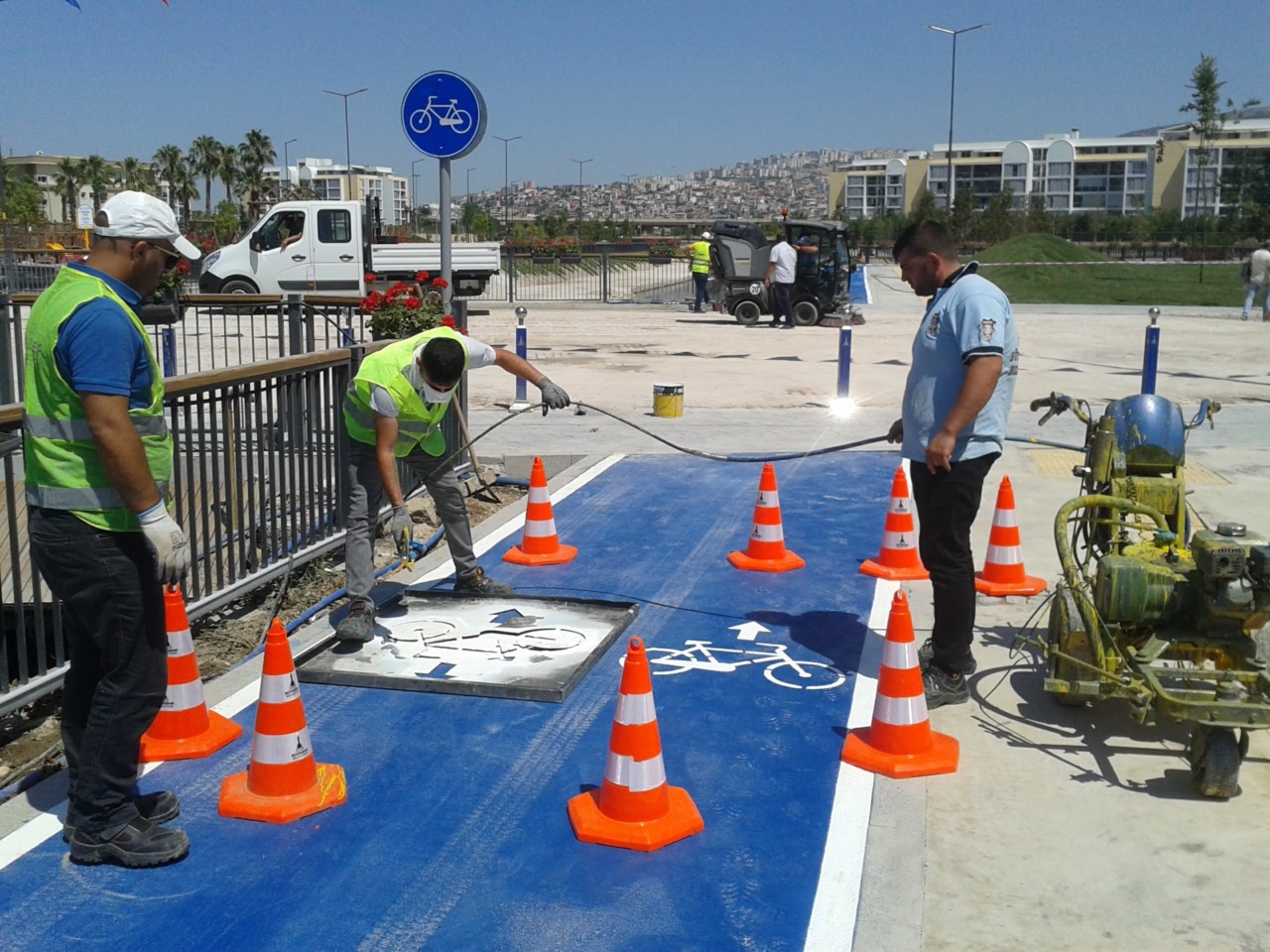Labor is a process that every pregnant woman goes through before giving birth. This process involves a series of contractions that progressively become stronger and closer together, leading to the birth of the baby.
However, not all contractions you may experience will signify the beginning of labor. Here are ten signs that labor has officially begun:.
1. Your Water Breaks
The most obvious sign that labor has begun is when your water breaks. This means that the amniotic sac surrounding your baby has ruptured and the fluids are leaking out.
Only a small percentage of women experience their water breaking as the first sign of labor, so it is important not to rely on this alone.
2. Contractions
Contractions are the most common sign that labor is beginning. They are characterized by a tightening sensation in the uterus, which may feel like menstrual cramps but become progressively stronger and closer together.
If you experience contractions that are less than five minutes apart, it is a good indication that labor has begun.
3. Back pain
Back pain during labor is common, and can be caused by the pressure of the baby’s head on your spine. It is especially common in women who have a posterior baby (when the baby’s head is facing her back).
If you experience back pain that gets worse over time, it may be a sign that labor has begun.
4. Pressure in the pelvis
As the baby descends into the pelvic area, you may feel increased pressure in that area. You may feel like the baby is pushing down on your bladder, causing you to urinate more frequently.
When you experience pressure in the pelvis, it may be a sign to get ready for delivery.
5. Cervical dilation
As labor progresses, the cervix will begin to dilate (open). Your healthcare provider will check your cervix regularly to determine if it is dilating. If you are 3-4 centimeters dilated, it is a good indication that labor has begun.
6. Increased vaginal discharge
During the last few weeks of pregnancy, it is normal to have more discharge than usual due to increased hormonal activity.
However, if you notice an increase in vaginal discharge that is mixed with mucus and occasionally contains blood, this may be a sign that labor has begun.
7. Nausea and diarrhea
Many women experience nausea, vomiting, and diarrhea before labor begins. This is sometimes referred to as the “clearing out” period. Your body is preparing for delivery and is getting rid of any waste that may be present.
8. Increased energy
During the days leading up to labor, some women experience a sudden burst of energy. This is known as the “nesting” phase and is thought to be a result of the body preparing for the upcoming delivery.
9. Bloody discharge
If you notice that your vaginal discharge has become pink or reddish, it may be a sign that labor has begun. This is caused by the rupturing of blood vessels in the cervix as it begins to dilate.
10. The baby drops
As your due date approaches, your baby will begin to drop lower into your pelvis. This is called lightening, and it can be accompanied by a feeling of increased pressure in the pelvic area and difficulty breathing.






























